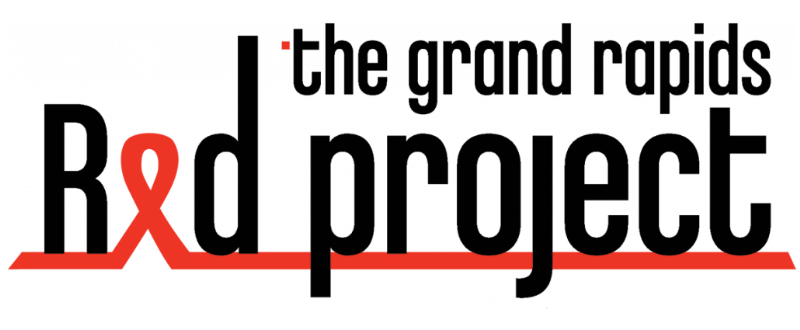Naloxone can reverse the effects of an opioid overdose (prescription medications or heroin) and save the person’s life. When a person is overdosing from an opioid, their central nervous system is depressed and breathing slows or stops. Naloxone blocks the effects of opioids and reverses the effects of an overdose. It cannot be used to get a person high. If it is given to someone to who has not taken opioids, it will not have any effect on them, since there are no opioids in their system to reverse.
Opioid Overdose Signs and Symptoms
- Unresponsive to touch or voice
- Slow, uneven breathing or no breath at all
- Snoring, gasping, or gurgling sounds
- Fingernails and/or lips are blue or purple
- Pinpoint pupils
- Slow or no pulse
- Pale complexion
•Emergency Medical Treatment staff and most law enforcement officers in the 21 county region have access to Naloxone to be able to provide first response to an opioid overdose.
•In 2016, Michigan passed a Naloxone standing order law. This allows a pharmacist to dispense Naloxone without an individual prescription and without identifying a particular patient. With this, the “prescription” comes from the standing doctor’s order from the State. Although individual doctor prescriptions still work for this, as an alternative, family, friends, or others can now obtain Naloxone to use in an emergency without an individual prescription. (Michigan.gov/opioids).
•House Bill 5407- Indicates that a person acting in good faith and with reasonable care may possess and dispense and opioid antagonist (Naloxone).
•Michigan’s Good Samaritan - A law passed in 2016, prevents drug possession charges against those that seek medical assistance for themselves or others in an event of an overdose.
Click on the Red Project for more information on administering Naloxone, receiving a Free Naloxone Kit mailed discretely to your home, training videos or a mailed kit to your home
